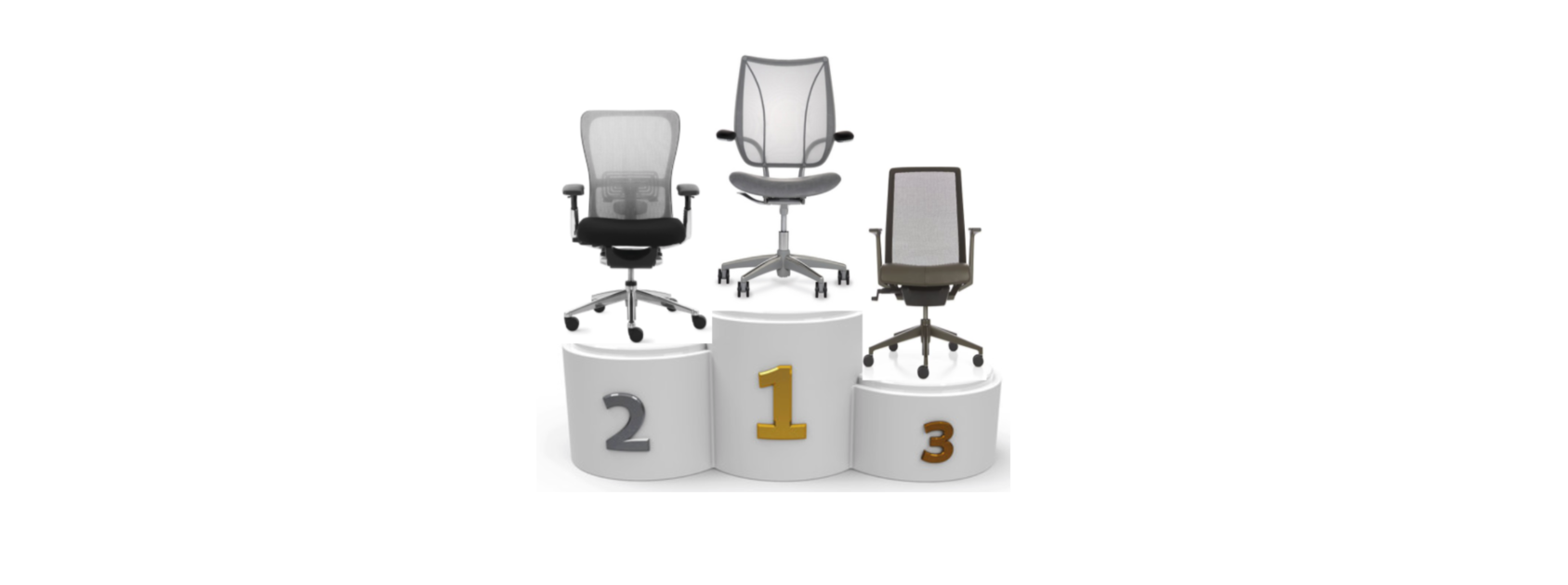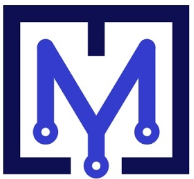What You Can’t See Without Workplace Analytics – Question 1/7


Workplace Analytics is about much more than simply counting people in a space or devices on the network. It’s about understanding how people use the resources available to them – and using that information to drive changes that enhance the employee experience and operational efficiency myseat.io. In this series of posts, we will explore seven crucial questions about your office that you can’t answer without Workplace Analytics. Each article will dive into one of these seven questions, revealing insights gathered from real-world data. (Disclaimer: The data and findings shared in this series come from a real-life case study where one client collected comprehensive usage data over a year. The insights are specific to that client’s context (CTI Working Environments) and shouldn’t be taken as universal benchmarks. However, they illustrate the types of discoveries you can make with robust workplace analytics.)
Question 1/7: How Do the Assets Provided to Your Users Rank in Popularity?
When it comes to office amenities and equipment, do you know what your employees’ favorites are? The first step is defining “popularity” in a workplace context. In simple terms, a popular asset is one that people use frequently and for long periods relative to how many of that asset are available myseat.io. In other words, we compare demand vs. supply for each resource to establish a popularity ranking.
For example, imagine your office has a single ping-pong table and three foosball tables in the break room. If the ping-pong table gets used an average of 4 hours per day, while each foosball table is used only about 30 minutes per day, the ping-pong table is clearly more “popular”myseat.io Even though there are more foosball tables, the total play time per table is much lower. Popularity, therefore, isn’t just about total usage time – it’s usage in relation to quantity available.
Using this approach, our analytics team assigned each type of furniture or office asset a popularity score measured in “hours of use per day per item”myseat.io. This metric accounts for three factors: how many of that item exist, how often they’re used, and for how long. An asset’s score goes up if each item of that type gets a lot of use on average. Conversely, the score goes down if you have many of that item but each one is only used sparinglymyseat.io.
When we applied this analysis to seating in a real client’s office, we uncovered some eye-opening trends. Different chair brands and models were present in the workplace, and employees clearly favored some over others once we normalized for quantity. By taking into account the number of chairs of each brand and the total hours those chairs were sat in, we could rank the chair types by user preferencemyseat.io. This kind of data-driven ranking isn’t something workplace professionals typically do on a daily basis. However, for a company’s procurement or facilities department, these insights are pure gold.
Why does this matter? Well, if you know which furniture or equipment employees truly prefer (and actually use), you can make more informed decisions when it’s time to purchase new assets or replace old ones. CFOs love this kind of analysis because it shows that expensive office investments (capital expenditures and operating expenditures) are being well-utilizedmyseat.io. Essentially, by comparing the offer (how much of a resource you provide) to the demand (how much it’s actually used), buyers and workplace strategists can back up their decisions with hard data. If one type of standing desk or ergonomic chair is consistently top-ranked in popularity, it might be worth investing in more of those — whereas an under-used resource could be phased out or avoided in future purchases.
In our case study, presenting a popularity ranking of assets helped the client’s stakeholders appreciate which amenities delivered value and which did not. It sparked productive conversations between management and employees about why certain items were or weren’t being used. Armed with this information, the company’s procurement team could approach their next round of office upgrades with confidence, knowing they were investing in things people actually want and use.
Insight: Ranking office assets by popularity is not about creating competition between foosball and ping-pong – it’s about ensuring your workplace is tailored to your employees’ preferences and needs. With workplace analytics, you replace guesswork with evidence. The result? Better purchase decisions, happier employees, and possibly cost savings by reallocating resources more effectively.
Stay tuned for the next article in this series, where we’ll reveal Question 2 and dive into another aspect of the workplace you can understand only through analytics. By the end of this series, you’ll see a full picture of how data-driven insights can transform your office strategy. Make sure to follow MySeat for updates so you don’t miss the upcoming publications that will uncover more findings from this comprehensive workplace study !
Make sure you drop by MySeat and follow us if you do not want to miss the next publication that will reveal another finding from the CTI Working Environnements study.
